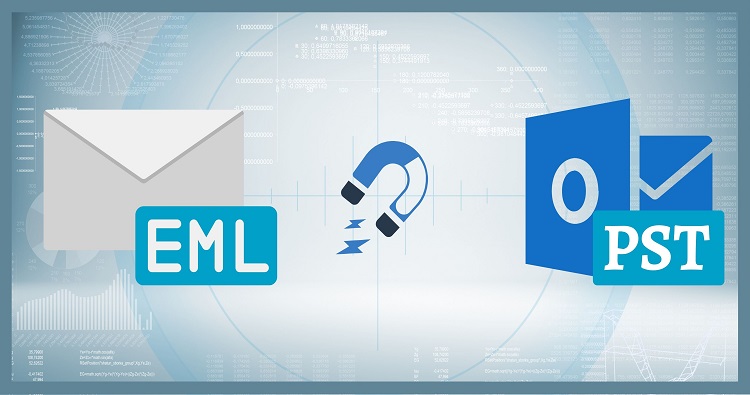When managing an Exchange Server environment, facing an error like “An incomplete installation was detected” can be both frustrating and time-consuming. This issue is commonly encountered during installation or upgrade processes, leading to failed setups, incomplete configurations, or even system downtime. In this comprehensive guide, we will explore the causes, diagnostics, and step-by-step solutions to resolve this Exchange Server error effectively.
Understanding the Exchange Server Error
Exchange Server is a vital component in managing organizational communication infrastructure. However, errors like “An incomplete installation was detected” often arise due to several underlying factors. The error typically occurs when the server installation doesn’t complete properly, leading to critical components not being set up, or existing configurations getting corrupted.
This error can prevent essential services from starting, compromise security features, and even cause major disruptions in email flow. Therefore, it is crucial to diagnose and resolve the issue efficiently.
Primary Causes of the Incomplete Installation Error
Several reasons could lead to the “An incomplete installation was detected” error, including:
- Permission Issues: A lack of proper administrative permissions during the installation process.
- Corrupted Installation Files: Incomplete or corrupt files that halt the setup process.
- Previous Failed Installations: Residual files from earlier failed installations that conflict with the current process.
- Version Incompatibility: Trying to install an unsupported version or applying an update incompatible with the current environment.
- System Resource Constraints: Insufficient resources, like memory or disk space, that stop the installation from completing successfully.
- Windows Update Conflicts: Unfinished or pending Windows updates conflicting with Exchange Server installation.
Understanding these factors is key to diagnosing the issue and choosing the correct troubleshooting path.
How to Diagnose the Exchange Server Error
Before diving into a solution, it’s essential to confirm the error and gather enough diagnostic information. Here’s how to approach it:
1. Check Exchange Setup Logs: The setup logs in the Exchange Server installation directory provide detailed information on where the process may have failed. Look for logs in the following location:
C:\ExchangeSetupLogs\ExchangeSetup.log
Identify specific errors or warnings that might indicate incomplete steps in the installation.
2. Verify Event Viewer Logs: Check the Event Viewer on the server for related errors. The logs under “Application” and “System” can provide insights into failed components or services that did not start due to the incomplete installation.
3. Use the Exchange Best Practices Analyzer: Microsoft’s Exchange Best Practices Analyzer can help identify issues related to configuration settings, system health, and pending updates that may be blocking the completion of the installation.
4. Check the Health of Active Directory (AD): Exchange Server heavily relies on Active Directory. Use AD diagnostics tools to ensure there are no AD replication or permissions issues that could impact Exchange installation.
Step-by-Step Guide to Resolving the An incomplete installation was detected Error
Once you have diagnosed the error, it’s time to resolve it using the following steps:
1. Ensure Administrative Privileges
Exchange installations require administrative access to both the server and AD. Before running any installation or upgrade, ensure that you are logged in with an account that has the necessary permissions:
- Local Administrator rights on the Exchange Server machine.
- Exchange Organization Management role within Exchange.
Also, make sure no other installations or updates are running simultaneously on the server, as this could conflict with Exchange setup.
2. Re-run the Exchange Server Installation
In many cases, re-running the installation using the correct parameters can resolve the issue:
- Open a Command Prompt as an Administrator.
- Navigate to the directory where the Exchange Server installation files are located.
- Run the following command to re-initiate the installation:
setup.exe /m:upgrade /IAcceptExchangeServerLicenseTerms
This command will upgrade the existing installation and attempt to fix any incomplete steps from previous attempts.
3. Clear Residual Installation Files
If the error persists after a re-installation attempt, you may need to clear out residual files from failed installations. These residuals often interfere with new installations:
Navigate to the following directory:
C:\Program Files\Microsoft\Exchange Server\V15\
- Delete any leftover files or folders from the previous installation attempt.
- Clear the Registry entries related to the Exchange Server installation by:
- Opening Regedit.
- Navigating to HKEY_LOCAL_MACHINE\Software\Microsoft\ExchangeServer\v15.
- Deleting incomplete entries related to the failed installation.
4. Resolve Windows Update Conflicts
Exchange Server installations often fail when there are pending or incomplete Windows updates. Before retrying the installation, ensure that all updates are completed:
- Open Settings > Update & Security.
- Check for pending updates and install them.
- Restart the server to ensure the updates are fully applied.
5. Run Exchange Setup with Logging
For more detailed diagnostics during the installation process, you can run the Exchange setup with verbose logging:
setup.exe /mode:Install /IAcceptExchangeServerLicenseTerms /log:c:\ExchangeSetupLogs\ExchangeSetupVerbose.log
This command generates a detailed log that helps identify exactly where the installation fails, giving you specific errors to resolve.
6. Rebuild Exchange Server in Critical Situations
If none of the above steps resolve the error, you may need to consider a fresh Exchange Server installation:
- Backup all relevant data (mailboxes, public folders, etc.) to ensure no data loss.
- Uninstall Exchange Server completely using the Add/Remove Programs feature or PowerShell commands like:
Remove-MailboxDatabase -Identity “Mailbox Database”
and
Uninstall-ExchangeServer -RemoveAll
- Reinstall the server from scratch using clean installation files to avoid any corrupted elements from previous installs.
7. Post-Installation Checks
Once the installation completes successfully, verify the following to ensure the environment is functioning as expected:
- Check Exchange services to confirm that all essential services are running properly.
- Use the Exchange Management Shell to verify that the mailboxes and databases are mounted and functioning.
- Run the Exchange Best Practices Analyzer again to confirm no further configuration issues exist.
Conclusion
Resolving the “An incomplete installation was detected” error in Exchange Server requires a methodical approach. By diagnosing the root cause, clearing corrupted files, and ensuring proper system configurations, this issue can be effectively mitigated. Regularly monitoring your Exchange environment and keeping the server and Active Directory updated can also prevent similar errors in the future.




